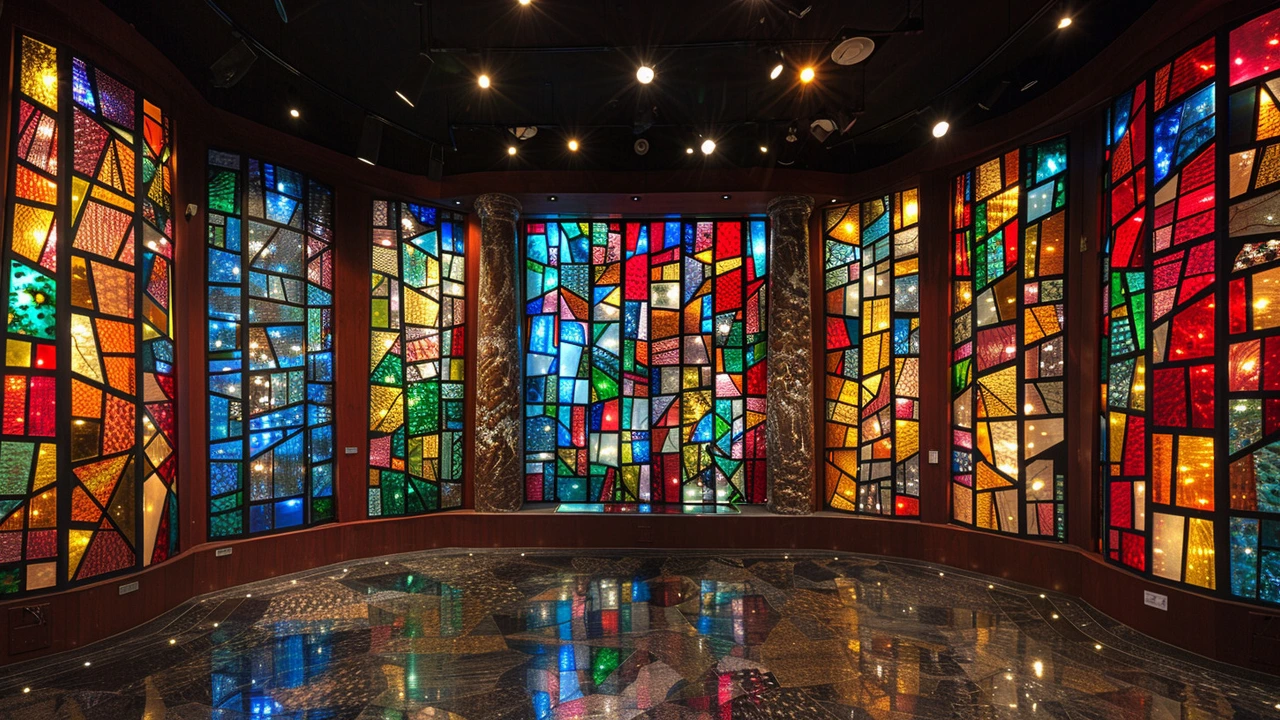Form and Function: How Art and Design Work Together
What makes a chair beautiful and comfortable at the same time? That question sits at the heart of "Form and Function." This tag collects pieces that show how artists and designers balance looks with purpose—from Bauhaus furniture that simplifies life to installation art that uses space as a tool. You’ll get clear examples and hands-on tips to spot design that actually does something useful while still looking good.
Spot the balance: quick checklist
When you look at a work, ask these simple questions: Does the shape serve a purpose? Could the piece be simpler without losing meaning? Is the material chosen for effect or use? For example, Bauhaus pushed simple forms because simpler shapes meant easier production and clearer use. De Stijl applied strict grids so visuals and function stayed calm and readable—think clear signage or clean web layouts today.
Compare that to Photorealism, where form copies reality to trick your eye. The "function" there is emotional: convincing realism that makes you stop and study technique. Installation art flips the idea again: form becomes the path the viewer walks, and function is the experience it creates. Each movement uses form for a different practical goal—production, clarity, immersion, or storytelling.
Practical ways to use form and function
1) At home: borrow Bauhaus rules—choose furniture with clean lines and clear purpose. One good chair beats three trendy pieces that don’t sit well. 2) For interiors: use De Stijl’s grid idea for layouts—align shelves, frames, and lighting to a simple invisible grid for calm balance. 3) For public or urban projects: land art and futurism show how large shapes guide movement—place benches and paths so people naturally use them. 4) For storytelling or exhibits: learn from Fluxus and installation art; make the route obvious and the touchpoints meaningful.
Want to evaluate a design fast? Time how long it takes someone to understand what they should do with an object or space. Under 10 seconds usually means the function reads clearly. If it takes longer, trim the details or clarify the shape.
Look at historical examples to learn fast. Bauhaus taught mass production with beauty. Constructivism used bold geometry to communicate political ideas. Cubism broke objects into parts so viewers think about multiple viewpoints—useful when you want a design to reveal layers. Photorealism and installation art remind you that extreme form can be a functional tool for emotion and presence.
Use these ideas when you sketch, shop, or visit a gallery. Ask what the form is doing and whether the function could be stronger. That tiny habit makes your choices smarter—whether you’re picking a lamp, planning a room, or making an artwork.

